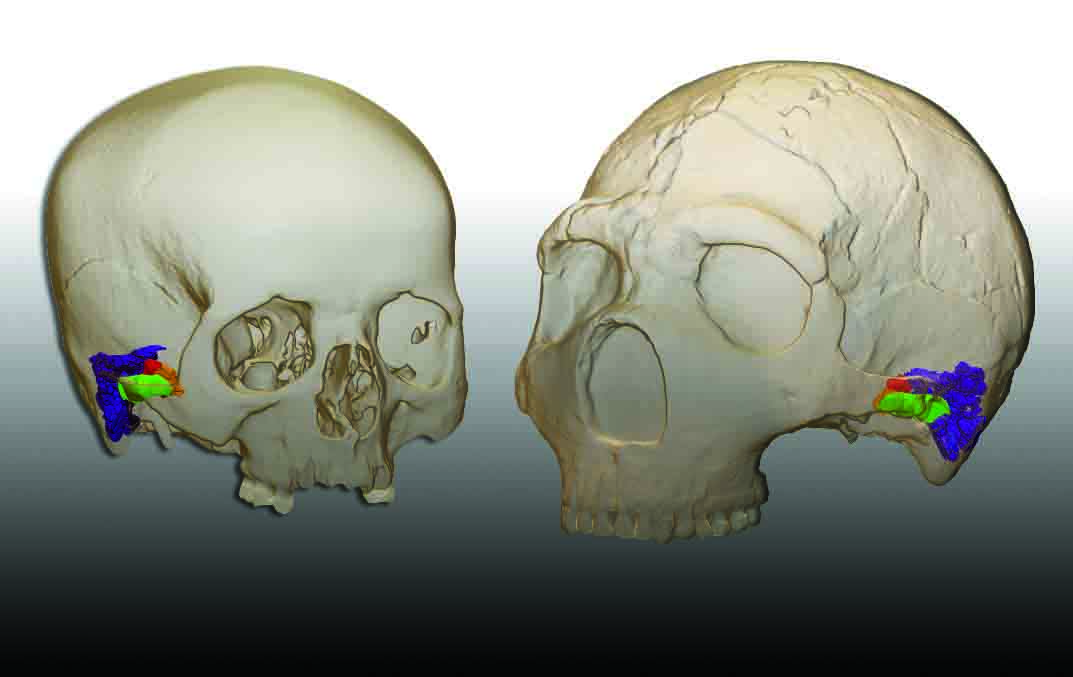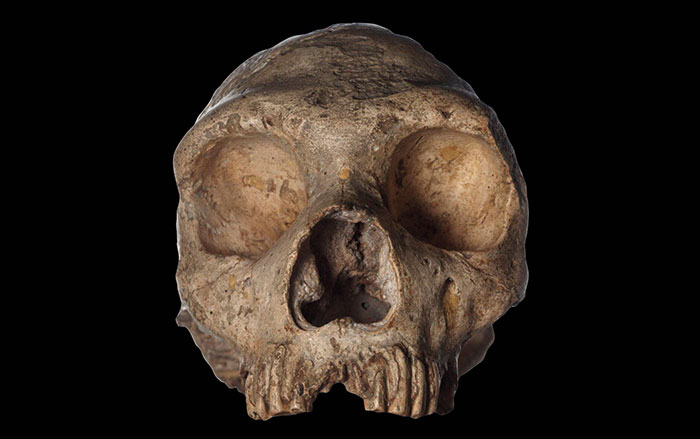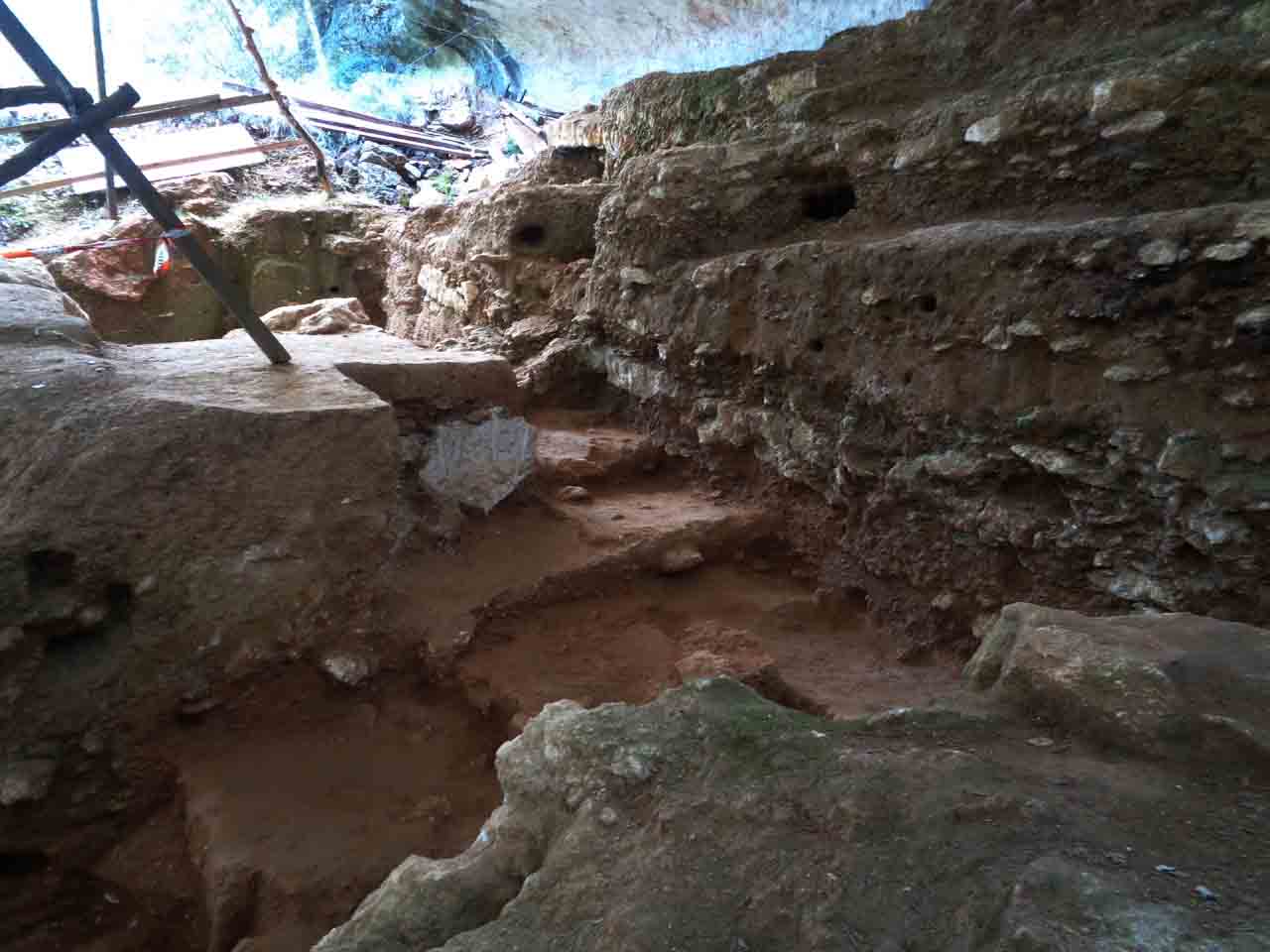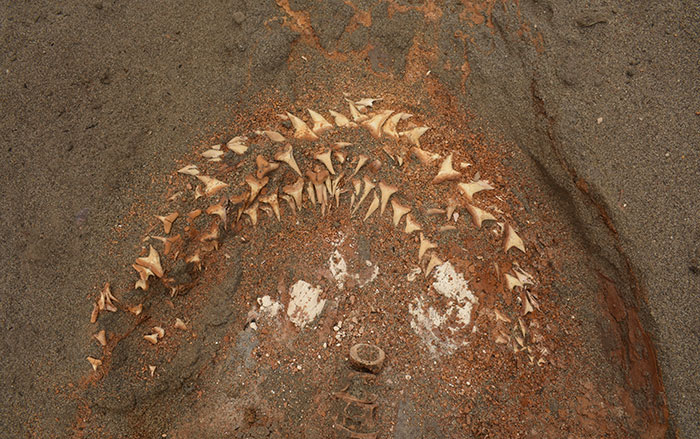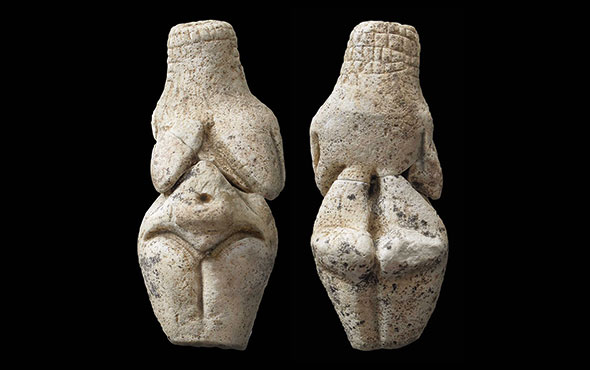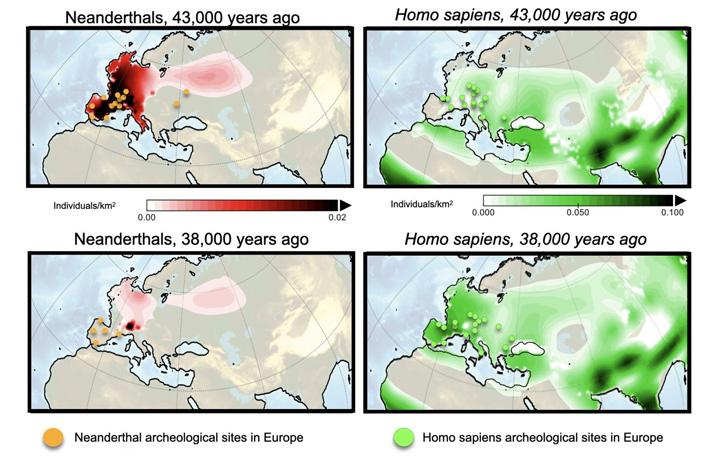
BUSAN, SOUTH KOREA—According to a statement released by the Institute for Basic Science (IBS), a team of researchers led by Axel Timmermann of the IBS Center for Climate Physics created a supercomputer model to simulate possible scenarios for the collapse of Neanderthal populations between 38,000 and 43,000 years ago. The migration of Neanderthals and modern humans, their interactions and interbreeding, and the rapidly fluctuating climate of the period were all taken into account, Timmermann said. The results produced by the computer model were then compared with anthropological, genetic, and archaeological data. The scientists concluded that competition with modern humans alone was responsible for the extinction of the Neanderthals. Possible reasons for the modern human advantage may have been better hunting techniques, stronger immune systems, or higher birth rates, Timmermann added, while pointing out that Neanderthals survived in Eurasia for 300,000 years only to go extinct around the same time that modern humans arrived on the scene. To read about possible Neanderthal burial practices, go to "Z Marks the Spot."


